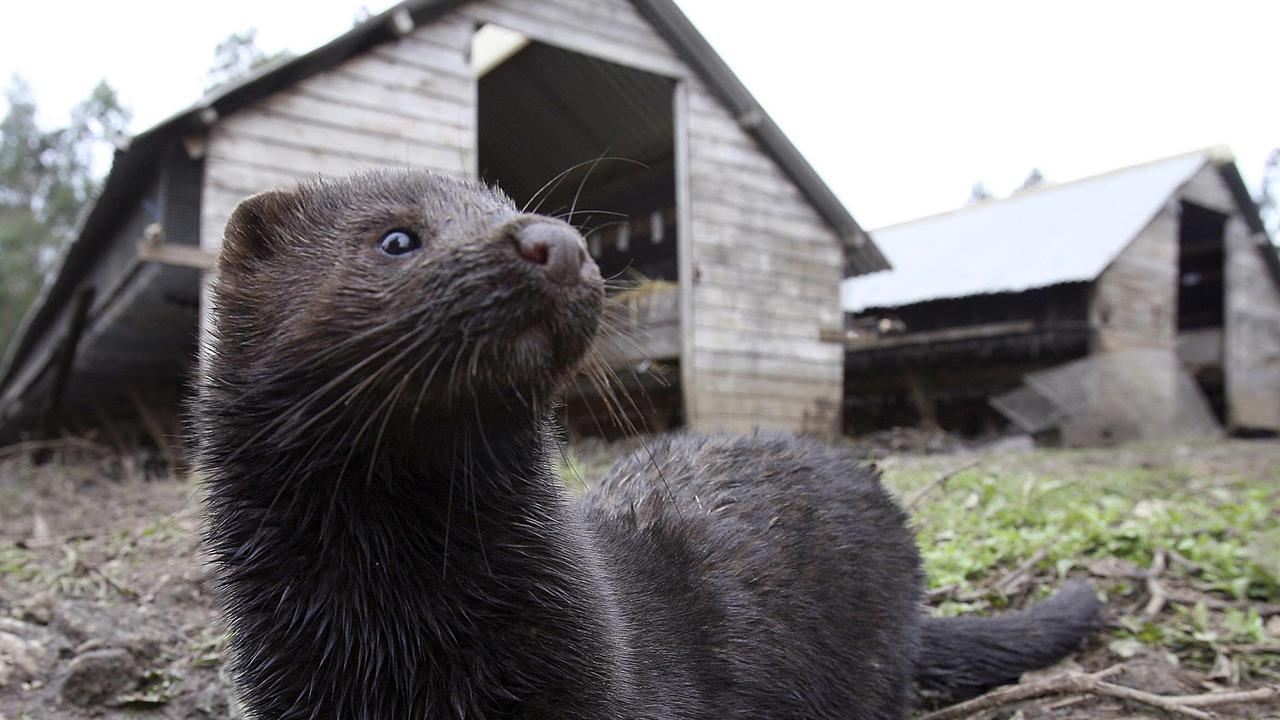Virus spread hits a ‘new and grim record’ with 183,000 new cases in 24 hours
The global spread of coronavirus has hit a “grim record” with another spike in new cases registered overnight.
The number of confirmed coronavirus cases worldwide has passed nine million and killed more than 471,000 people since the outbreak began in China last December.
More than 183,000 new cases were reported to the World Health Organisation (WHO) on Sunday – the most in a single day so far.
“Almost every day we reach a new and grim record,” WHO chief Tedros Adhanom Ghebreyesus said.
It took more than three months for the world to get to one million virus cases, but the last one million cases have come in just eight days.
Over the weekend, Brazil became the second country to log more than 50,000 virus-related deaths.
The United States accounted for 20 per cent of all the new infections worldwide on Sunday, according to New York Times data.
New cases continued to surge over the weekend in 22 US states, especially in the west and the south of the country. Oklahoma and Missouri reported their largest single-day case increases on Sunday.
RELATED: Follow our full coronavirus coverage
RELATED: South Korea officially battling second wave

Some countries were witnessing a rapid increase in cases and deaths, he said, while others that had successfully suppressed transmission were now seeing an upswing in cases as they reopened their societies and economies.
After the initial outbreak in China, the epicentre of the virus has moved from East Asia to Europe and now to the Americas.
RELATED: Victoria braces for more cases
But its presence in Europe seems to go back much earlier than previously thought, with a study showing that fragments of the new coronavirus was in the wastewater in Milan and Turin back in December.
“Clearly there is a chance that this virus was circulating in northern Italy obviously before anyone had realised that it had been,” WHO emergencies director Michael Ryan said.
“I don’t think that, at this point, it changes the hypothesis of disease origin.”
CALL FOR RAPID INCREASE IN CRUCIAL DRUG
WHO called for a rapid increase in production of dexamethasone, a cheap steroid which has been shown to reduce deaths in critically ill coronavirus patients.
Dr Tedros said demand had already surged after a British trial of the drug was publicised, but the WHO chief said he was confident production could be ramped up.
Some 2000 patients were given the drug by researchers led by a team from Oxford University, and it reduced deaths by 35 per cent among the most sickly, according to findings published last week.
“Although the data are still preliminary, the recent finding that the steroid dexamethasone has lifesaving potential for critically ill COVID-19 patients gave us a much-needed reason to celebrate,” Dr Tedros told a virtual news conference in Geneva.
Media briefing on #COVID19 with @DrTedros https://t.co/pr6gUsfZTf
— World Health Organization (WHO) (@WHO) June 22, 2020
“The next challenge is to increase production and rapidly and equitably distribute dexamethasone worldwide, focusing on where it is needed most.”
Dexamethasone has been on the market for more than 60 years, and is used to reduce inflammation.
WHO has stressed that dexamethasone should only be used for patients with severe or critical disease under close clinical supervision.
“There is no evidence that the drug works for patients with mild disease or as a preventative measure, and it could cause harm,” Dr Tedros said.
The UN health agency boss insisted that countries with large numbers of critically ill coronavirus patients needed to be prioritised.
But he warned that suppliers had to guarantee quality “as there is a high risk of substandard or falsified products entering the market”.
ANIMALS CAUSE EUROPE INFECTIONS
Scientists believe the virus originally jumped from animals to humans, with the focus on a market that sells exotic animals for meat in the Chinese city of Wuhan.
WHO technical lead on COVID-19 Maria Van Kerkhove said studies in northern Europe seemed to show that humans had been infected by minks.
Dutch authorities reported two possible cases in May where humans were believed to have caught the virus from the animals, which are farmed for their fur.

“There are some minks that have been found positive in the Netherlands and in Denmark,” Dr Van Kerkhove said.
“What we understand from these investigations, which are currently ongoing, is that there were … people who infected the mink – and in turn, some of these minks infected some people.
“It is very limited in terms of the transmission that is happening.”



